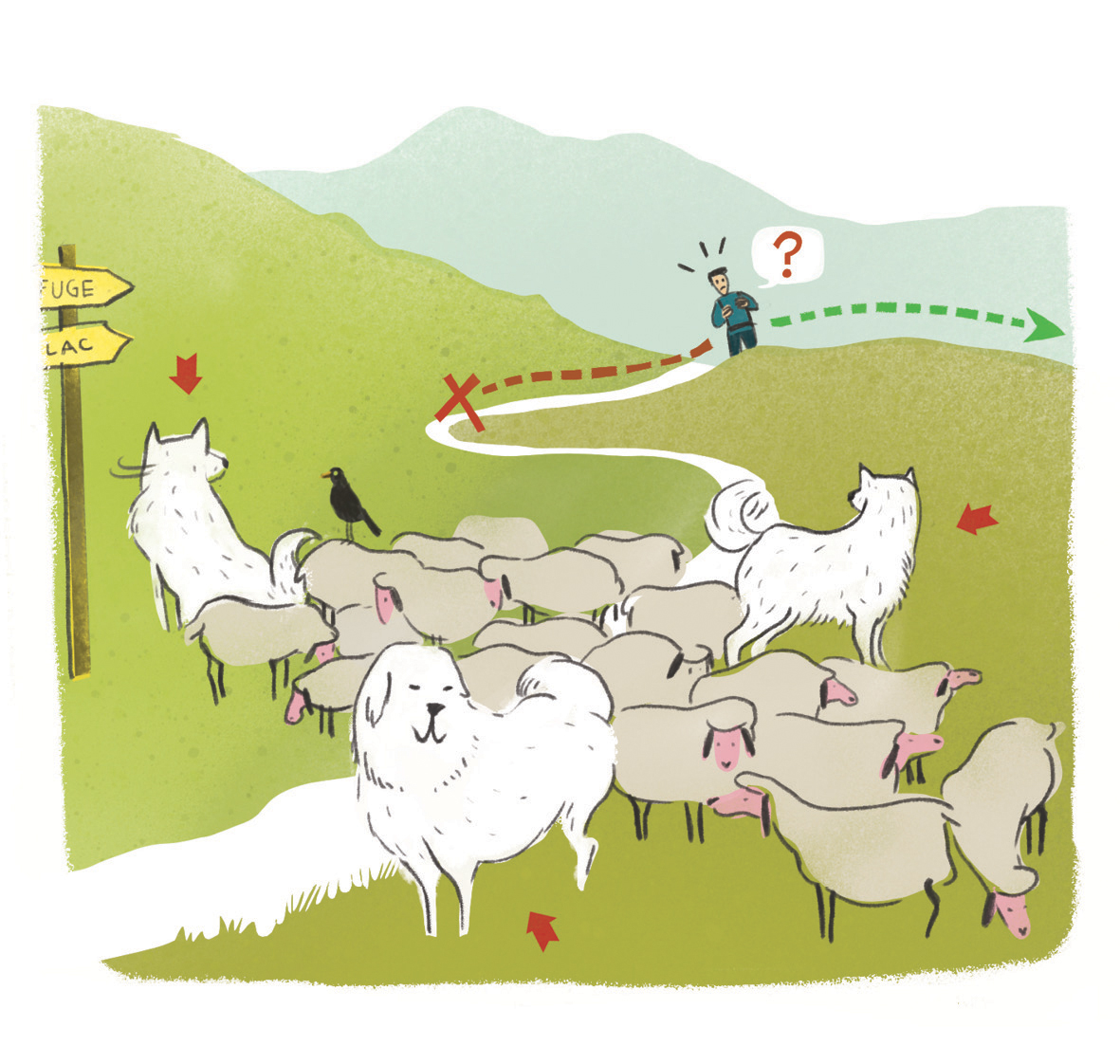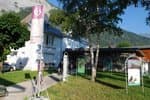Tête de Louis XVI via Col de Corbière
A varied path blending hollows and flowering meadows, with its highest point being a striking view for all those making the effort to get there. The Tête de Louis XVI via Col de Corbière is a “trophy” that no hikers worth their salt should ignore!
5 points of interest
 Fauna
FaunaCommon pipistrelle
Brown in colour with relatively short ears, the common pipistrelle and the kuhl's pipistrelle are rivals for the title of Europe's smallest bat. The common pipistrelle can be found in a wide range of ecological environments, even above an altitude of 2,000 m. In late 19th century France, school books celebrated the virtues of the bat. They are insectivores, eating a quarter or a third of their weight each day in mosquitoes and other insects. They emit ultrasounds that cannot be heard by the human ear. This technique helps them to find their way in the dark and capture their prey. They are often to be seen around lampposts, hunting insects that are attracted to the light.
 Flora
FloraYellow bellflower
This campanula is easy to recognise, with its tufts of highly compact yellow flowers. It is one of the few Alpine biannual plants. The seeds scattered in autumn produce large, slender leaves the first year, growing in a rosette shape. The flower only blooms the second year, when it ensures its posterity, then dies. The plant can be found on Alpine grassland (from altitudes of 1,000 to 2,600 m) and on rocky ground and soil that is rich in limestone. Standing on a thick, hollow stalk with a great many leaves, it is 10 to 40 cm tall.
 Flora
FloraEuropean larch
With a rich range of colours varying with the seasons, the fine and soft needles of the larch turn from light green in spring to emerald green in summer and gold in autumn. In winter, they fall, and the majestic larch seems to be dried out. Only the small round cones persist, which birds take to pieces to peck at the seeds. The flowers blooms at the same time as the first supple needles in spring: the female flowers have small raspberry-coloured cones and the male flowers are pale yellow catkins. Flora
FloraPansies
In a carpet of violet flowers, but sometimes yellow, white or multi-coloured, the Alpine pansy brings colour to the grass. It is also known as the mountain violet. Its spur, which can be seen on the back of the flower, is long, and only insects with long sucking pumps, such as butterflies, can gather pollen from them. Violets and pansies are members of the same family. To tell them apart, you need to look at the two side petals: they are turned downwards in violets, and upwards in pansies. Pansies are optimistic violets! Fauna
FaunaGriffon vulture
In summer, the griffon vultures leave their nesting areas, attracted by the many sheep grazing in the Alpine pastures. They soar up above the mountain crests. Expert scavengers, they have a fundamental role in the food chain, quickly eliminating corpses and so limiting the risk of disease spreading. This task as nature's undertakers has long made them an object of horror and fear for mankind. They are in decline in the Alps, but once again present in the Massif des Ecrins, following programmes to reintroduce them since 1980 in Les Causses and more recently in the Prealps.
Description
Park in the entrance car park below Villard-Reymond and take the forest path below the Chemin De Velzut (1614m), which follows the curve of the Cirque du Grand Renaud.
After crossing several hollows, the path begins a winding climb towards the magnificent flowering pastures. The path leads up steeply to Le Grand Riou (1608m), with a plunging view above the wild torrent and its “cauldrons”.
From Le Grand Riou, descend slightly to the right to cross the torrent. From there, follow the looping ascent, then cross the hollows up to the meadows as far as Col de Corbières (1926m). Here, you follow the signs to Tête de Louis XVI (1980m), and then go up to the right.
You can take the same path back down towards the resort of Col d'Ornon.
- Departure : Villard-Reymond
- Arrival : Villard-Reymond
- Towns crossed : Villard-Reymond and Ornon
Forecast
Altimetric profile
Recommandations
 In mountain pastures, protection dogs are there to protect the herds from predators (wolves, etc.).
In mountain pastures, protection dogs are there to protect the herds from predators (wolves, etc.).
When I hike I adapt my behavior by going around the herd and pausing for the dog to identify me.
Find out more about the actions to adopt with the article "Protection dogs: a context and actions to adopt".
Tell us about your meeting by answering this survey.
Information desks
Oisans Park house
Rue Gambetta, 38520 Le Bourg d'Oisans
Video presentation of the natural resources of the Oisans mountain and its crafts. Information, documentation about the Park, projections, reading space for children. Accessible to people with reduced mobility. Free admission. All animations of the Park are free unless otherwise stated.
Access and parking
D526 to La Palud, then the D210 to Villard-Reymond
Parking :
Source

Report a problem or an error
If you have found an error on this page or if you have noticed any problems during your hike, please report them to us here:

